Art & Exhibitions
Kimsooja Harnesses Light and Color at Centre Pompidou Metz
The meditative installation cannot be captured with Selfies.
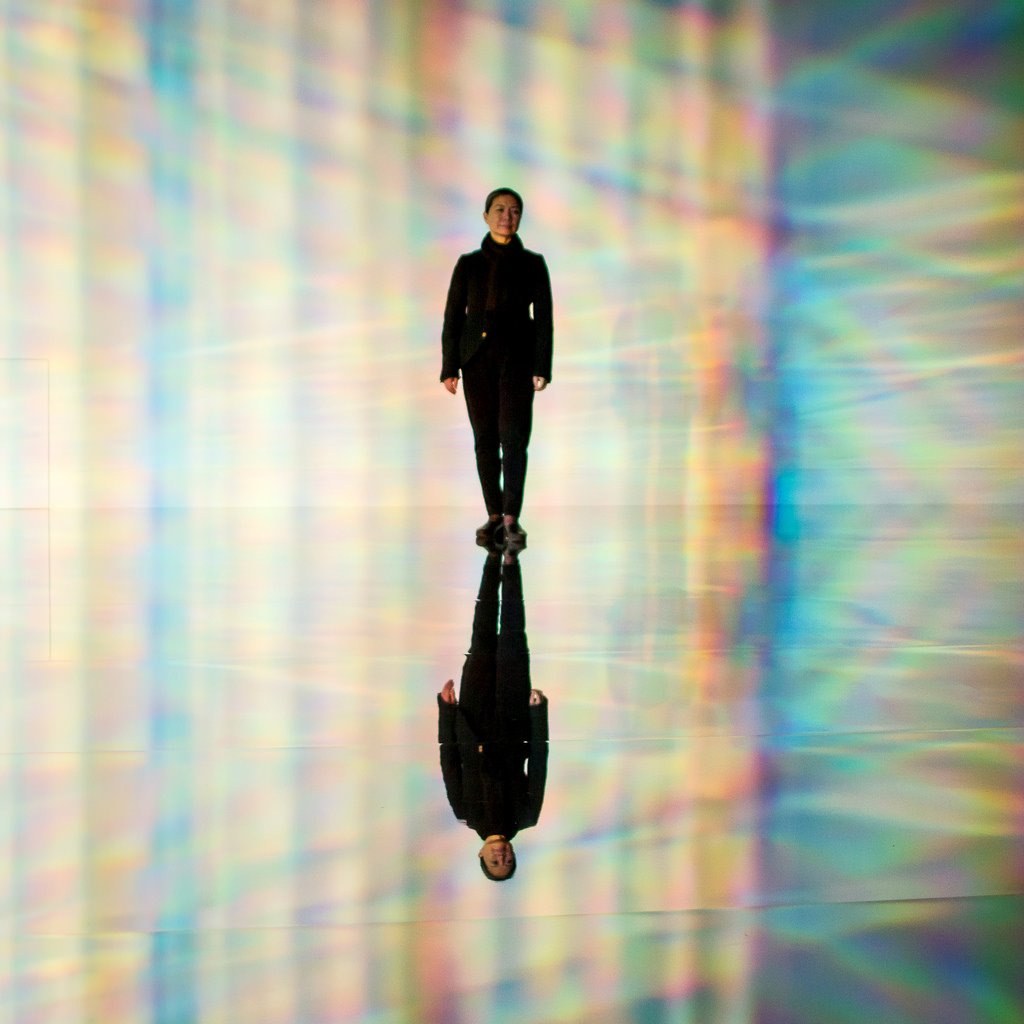
Photo: via Radja Photographie via flickr
The meditative installation cannot be captured with Selfies.

Emily Nathan

The ethereal installations engineered by Kimsooja might be best described as “infinity rooms,” if only Yayoi Kusama hadn’t copyrighted the term. Indeed, the Korean-born artist’s immersive, shimmering spaces often involve mirrors, windows, and light-refracting films, transforming the white cubes of galleries and museums into meditative, sensory reflections on the fluidity of space and surface.
They are less flashy than Kusama’s blockbuster exhibitions, though, sharing more with the quiet calm of a Doug Wheeler “infinity environment,” another trademarked idea—and they are distinctly anti-Selfie, nearly impossible to capture with the flash of an iPhone camera, ultimately demanding to be experienced rather than documented.
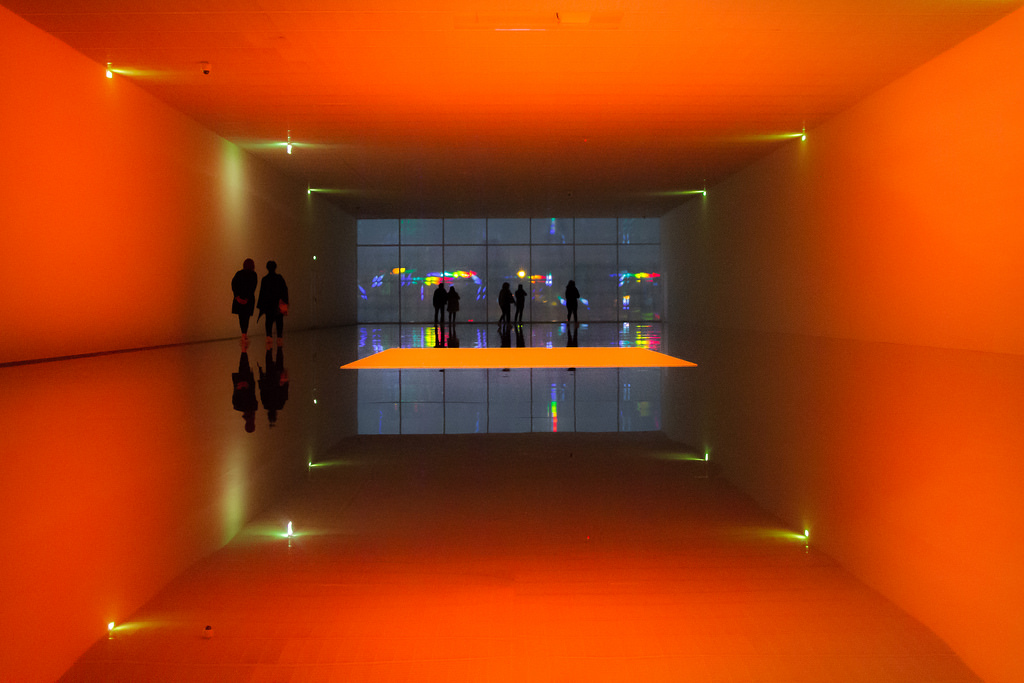
Kimsooja, To Breathe, (2015). Installation view, Centre Pompidou-Metz.
Photo: via Radja Photographie via flickr
So it is in Metz, a sleepy French town some 200 miles east of Paris, where Kimsooja was invited to take over the entire second floor of Shigeru Ban’s triumphant Pompidou Metz Museum as part of a ministry program promoting Franco-Korean cultural exchange. Her installation there, and the latest instalment in a series of works titled “To Breathe,” harnesses pure color and light as essential materials, transforming the very space of the empty gallery—and the surrounding landscape, which frames the gallery on two sides through floor-to-ceiling windows—into the artwork itself.
Before entering the gallery, visitors are asked to cover their shoes with recyclable booties—this, too, recalls Wheeler’s East Coast debut, at David Zwirner in 2014—since the floor has been plastered with mirrors. Seen from the doorway, the shimmering panes coalesce into a smooth, glassy expanse that recalls the placid surface of a lake. It is only when visitors step inside that the symmetrical grid of bars on the ceiling is reflected underfoot, evoking rain grates on the sidewalk, and a strangely disorientating sensation of both swimming and falling takes over.
At once claustrophobic and infinitely liberating, it is enhanced by Kimsooja’s soundtrack, which alternates her own heavy breathing with a recorded chant that channels Zen meditations.
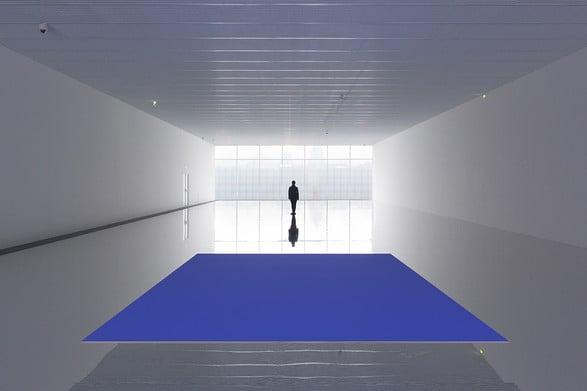
Kimsooja, To Breathe, (2015). Installation view, Centre Pompidou-Metz.
Photo: Jaeho Chong, courtesy of Institut français/Année France Corée, Kukje Gallery, and Kimsooja Studio.
In the center of the room, breaking up the transcendent dialogue between ceiling and floor, a rectangle of colored light is projected from above onto a large Korean bedcover fabric like those used in the traditional practice of Bottari, the wrapping of personal belongings, gifts, or precious items into bundles. Kimsooja often uses this material in her work, but she has here reduced it to its purest form—a “floating tableau,” in her words. Indeed, as the projected light shifts slowly across the complete color spectrum, transitioning almost imperceptibly from yellow to orange to pink and eventually to indigo, it appears to hover just above the mirrored sea, or to open into it like a chasm in space.
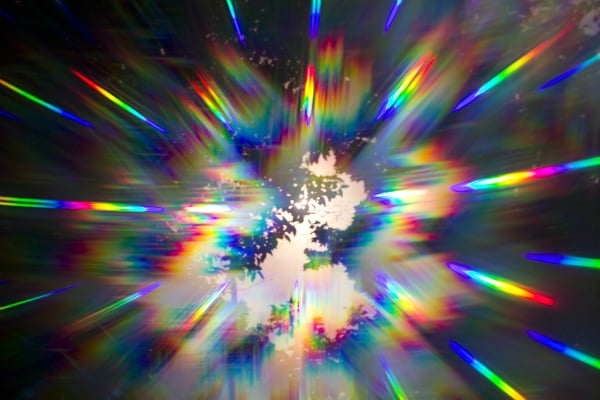
Kimsooja, To Breathe: Bottari (detail) (2013).
Photo: courtesy of Institut français/Année France Corée, and Kimsooja Studio.
At either end of the gallery, light-refracting film has transformed the glass panes of tall windows into hallucinogenic kaleidoscopes, and visitors are invited to stay a while, or to return at different times of day to observe how the effect changes.
At high noon, the city outside enters the space like a mirage, casting rainbows on the wall; as the sun moves across the sky and gives way to darkness, the landscape melts into hazy pastel strokes, like an Impressionist painting, and then explodes into fireworks of color as lights are switched on in the surrounding homes and buildings.
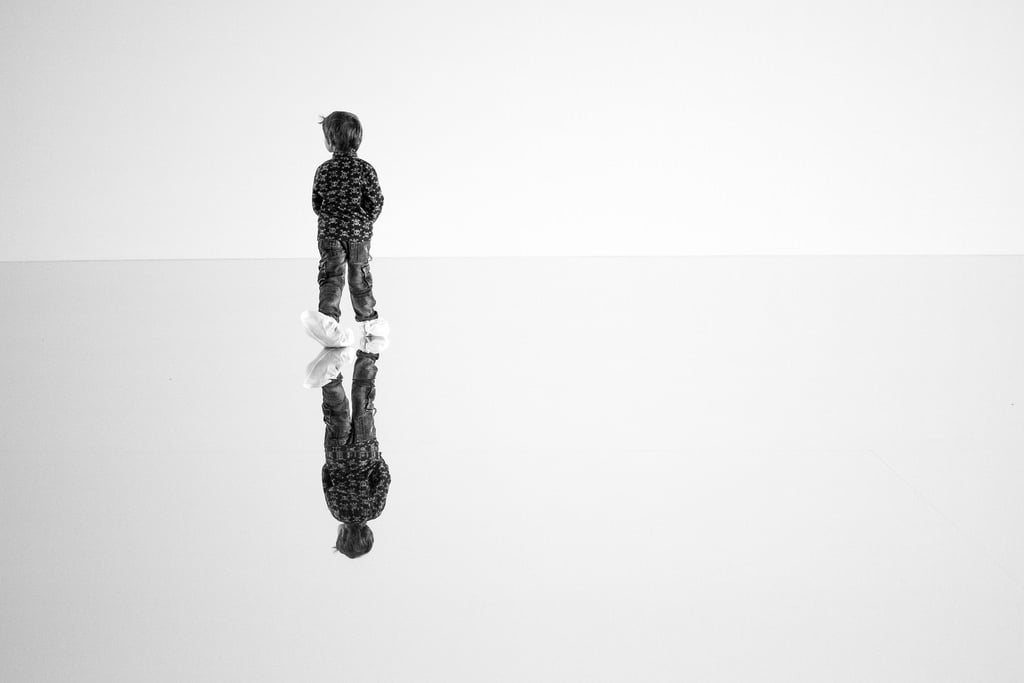
Kimsooja, To Breathe, (2015). Installation view, Centre Pompidou-Metz.
Photo: via Radja Photographie via flickr
“To Breathe invites the audience’s body and participation to an audio-visual weaving experience,” Kimsooja told artnet News. “Through the process of gazing, the surface of the ever-changing color spectrum as a tableau which wraps the world using immaterial methodology, the mirror, and the breathing sound as another corporal synchronization with the audience’s breath, there is established a wholeness within the space and the experience. The question I pose to this ever-changing color field is ‘Where is the surface?’”
“Kimsooja, To Breathe” is on view at Centre Pompidou Metz from October 26 – January 4, 2016